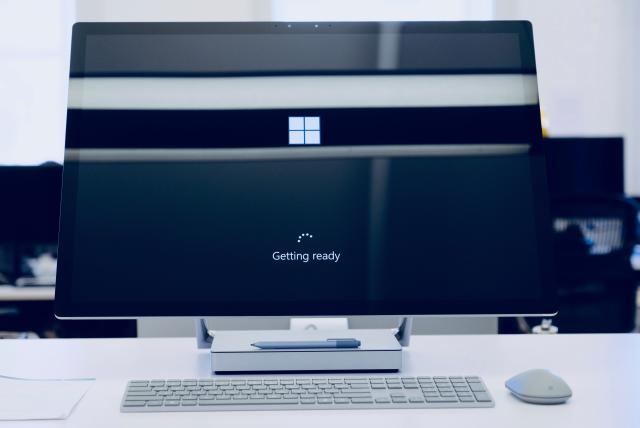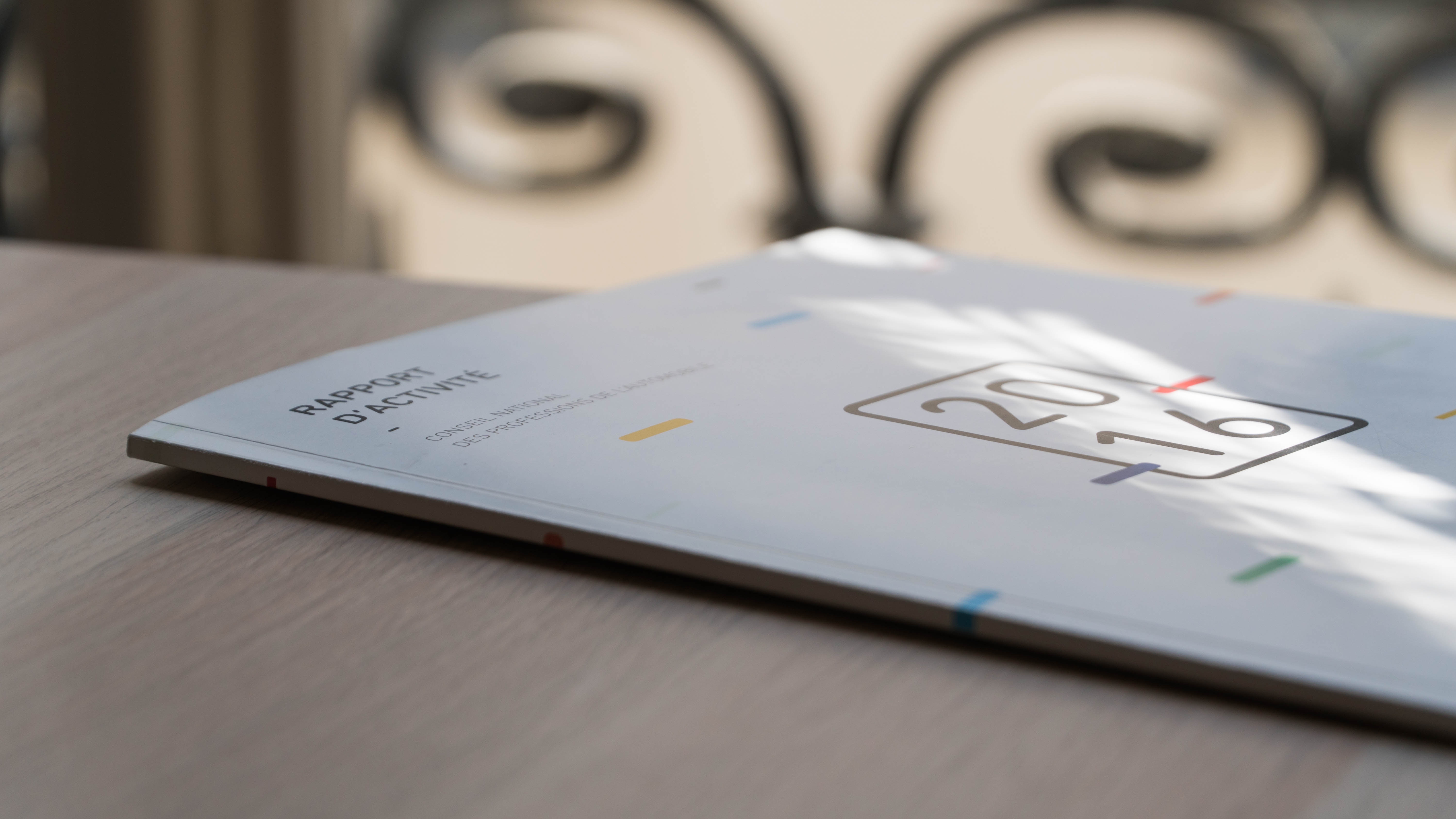By Sofia Matias
 At the beginning of our self-employed journey, we editors and proofreaders are, more often than not, overburdened with questions, but none perhaps more important than this one: where can we find work?
At the beginning of our self-employed journey, we editors and proofreaders are, more often than not, overburdened with questions, but none perhaps more important than this one: where can we find work?
If we trust Google with answering that for us, the outcome is near-unanimous: most hyperlinks on the first page of results lead, in some form or another, to freelancing job platforms. They promise that ‘millions of people use [us] to turn their ideas into reality’ (Freelancer), that ‘we’ll make earning easy’ (Fiverr) or that they will give you ‘access to a stream of projects from our international client community’ (PeoplePerHour). But, with so many competing platforms – and millions of freelancers vying for the same jobs – is joining them a good idea?
As is the case with most aspects of self-employed life, what works for one person might not work for another, so ‘your mileage may vary’ is an appropriate sentiment to bear in mind. I know of several people who have successfully found work on these platforms, but my personal experience with them has not been the same. Here is what I learned from my time on these freelancing websites.
Fees, fees, and more fees
These websites are, of course, a business in themselves, so they must make money. Joining them is always free so there are no upfront costs to creating your profile on them, which makes for a good starting point for editors and proofreaders who are not ready to invest in, for example, building their own website or paying for advertisements. Even on the platforms where you can list your services as a product that interested people can buy outright, instead of bidding on listed jobs (such as Fiverr), doing so is free.
However, this is as far as the free lunches go. If you want to make your listings stand out, you can pay a fee to have them be featured on searches and reach more people, increasing your chances of booking work. This is not uncommon, but the point where some people might turn away is the one where, if you do get that all-elusive job, the platform will then take a cut of up to 20% from your payment. This, in conjunction with taxes and other fees (such as having to pay for the opportunity to bid on jobs, with no guarantee you will get them), can make earning a living on these job platforms an uphill battle (and definitely not as ‘easy’ as some of them claim).
 High competition for little pay
High competition for little pay
With such high fees, you would assume that getting a job would be somewhat possible, right? Since it’s in their best interest to make money from you?
Again, your experience may differ, but if there is one thing that most editors and proofreaders agree on, it is that these platforms are filled with millions of people that can do (or claim to do) the same as you do, and who are more than willing to undercut your prices. In fact, you might even struggle to achieve fees that reach the UK minimum wage, let alone the CIEP suggested minimum rates. This is the main reason why I never booked a job on them: I had interest from buyers and personalised invitations to apply for jobs, but I did not want to work for less than my established fee, so I rejected them.
Remember, these platforms are worldwide, and what accounts for a low fee by UK standards can be perfectly acceptable in other countries (and the same applies to the standards of work produced). So, if you want to succeed, you might have to compromise what you are hoping to get for your work, or put in a lot more effort.
Opportunity to learn and acquire experience
Even though I personally never got work from any of the websites I was signed up for, I learned invaluable lessons that I successfully applied when it came to launching my own business. I realised just how important marketing is to succeed when self-employed and learned what to do and not to do when pitching my services.
For people who have an interest in editing or proofreading, but are not sure if it is the right career choice for them, these websites provide the opportunity to try it out without a sizeable upfront investment. For aspiring professionals who want to embark on full-time self-employment but do not want to do so without earning relevant experience, these platforms can be a good opportunity to get some testimonials under your belt, especially if you have another source of income and can be flexible with your prices.
The competition will still be there if you decide to create a business outside of these platforms – and can be just as fierce – so having a place to at least practise how you put yourself across to possible clients is a huge plus.
 In short …
In short …
Not every editor’s journey is the same, so answering the question ‘are freelance platforms worth it?’ is not as simple as a ‘yes’ or ‘no’.
If you are considering looking for work or establishing yourself in any of these freelancing websites, at the very least do your research on which ones are more suitable for you and the work you offer, be fully aware of how they operate, and read reviews (from sellers, not buyers).
What they are not is a magical road to success, so be prepared to be flexible and put in the time and effort these platforms demand. They might just work for you and, if they do not, you can still learn valuable skills you can apply in your career as an editor or proofreader.
 Sofia Matias is a professional writer, editor and proofreader based in the South East of Scotland. She specialises in working with independent authors of Young Adult and general fiction, arts and humanities students (including ESL) and businesses, charities and publications in need of clear and concise copy or editorial content.
Sofia Matias is a professional writer, editor and proofreader based in the South East of Scotland. She specialises in working with independent authors of Young Adult and general fiction, arts and humanities students (including ESL) and businesses, charities and publications in need of clear and concise copy or editorial content.
The CIEP’s Pricing a Project guide describes the quotation process, from taking a brief to agreeing terms and conditions. This practical guide comprises tips, checklists and worked examples to assist not only freelancers but also clients who seek the services of editorial professionals.
Photo credits: Woman at desk by Andrea Piacquadio (Pexels); pennies by Josh Appel (Unsplash); person at desk with notes by Startup Stock Photos (Pexels).
Proofread by Kelly Urgan, Entry-Level Member.
Posted by Abi Saffrey, CIEP blog coordinator.
The views expressed here do not necessarily reflect those of the CIEP.































